We cannot get all the electricity we need from renewables.
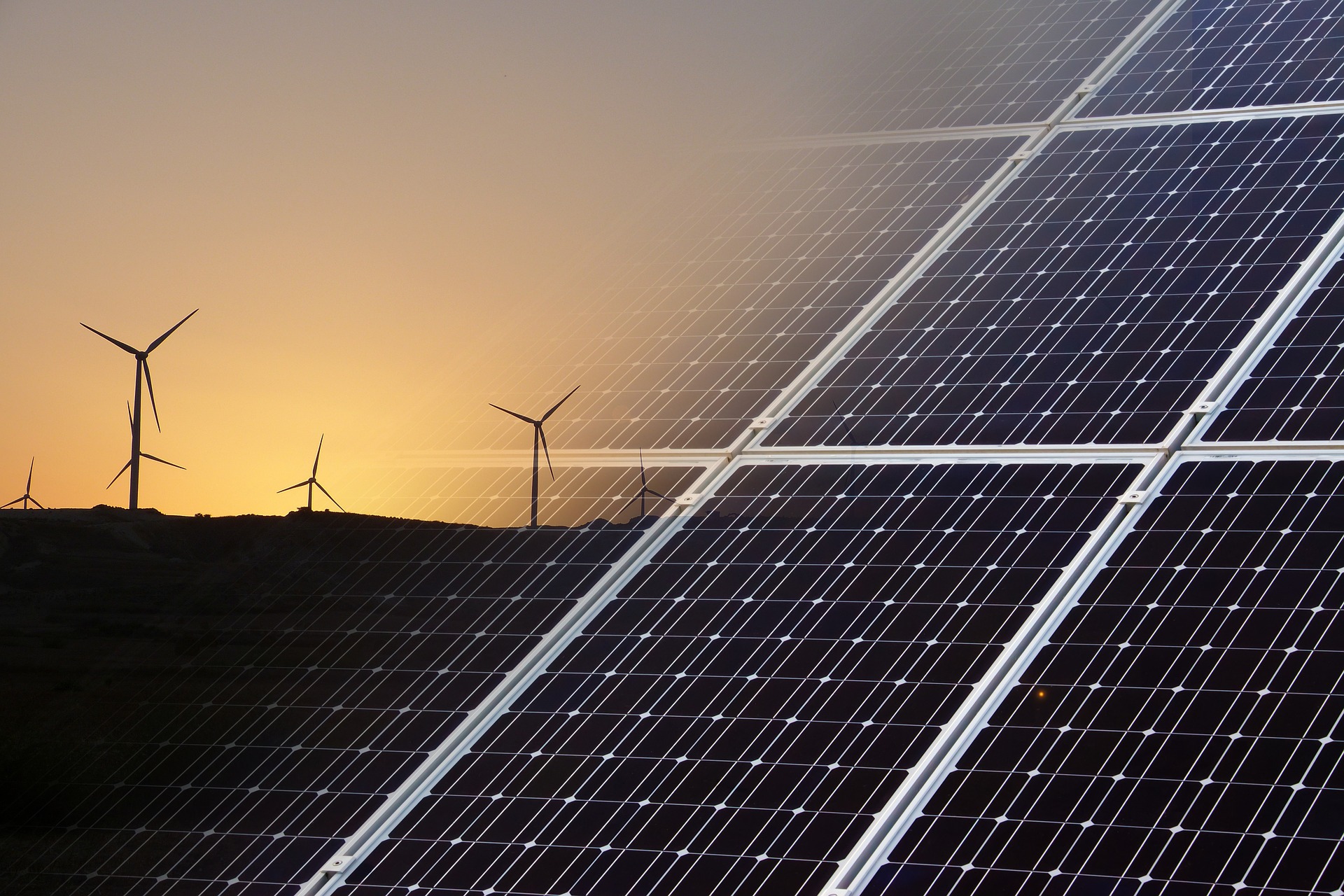
A “renewables only” scenario is unrealistic and not supported by science.
“While it is theoretically possible to rely primarily (or even entirely) on variable renewable energy resources such as wind and solar, it would be signicantly more challenging and costly than pathways that employ a diverse portfolio of resources.”
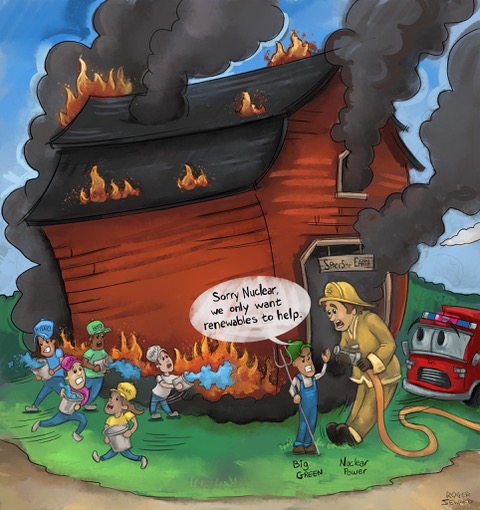
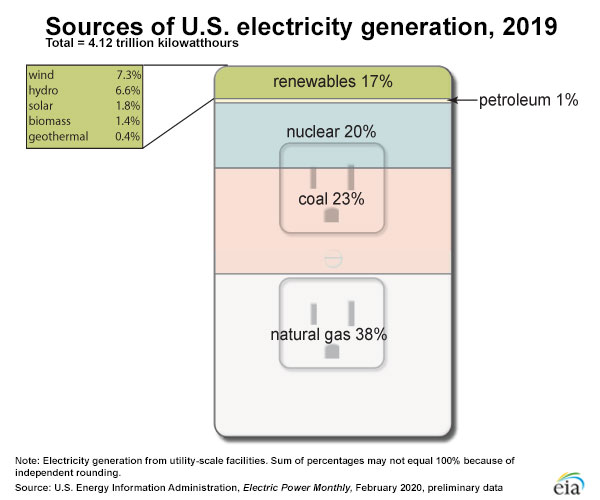
Germany is an example of a failed 100% renewables policy.
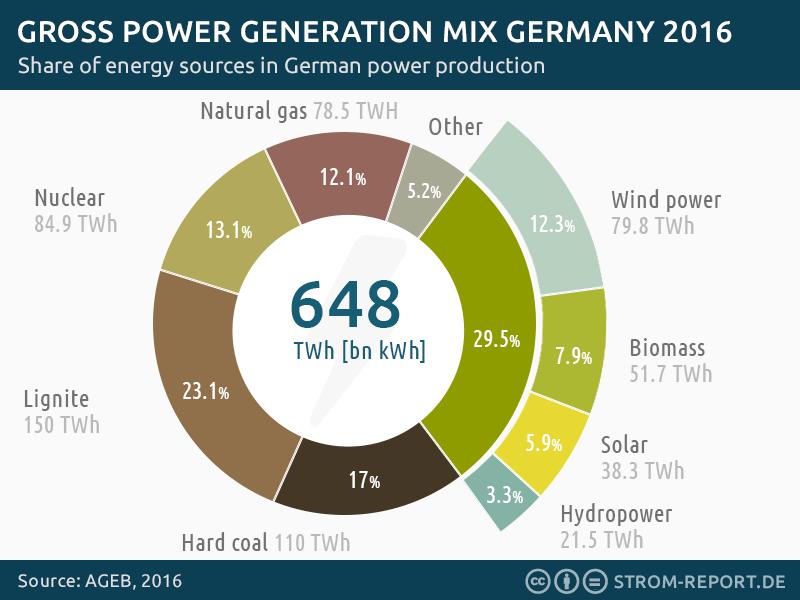
Germany has aggressively expanded wind and solar but it is not on track to reach its emissions goals.
“Germany has invested hundreds of billions to promote renewable energy sources. Yet emissions have been dropping slower than thought, because Germany is shutting down nuclear and is therefore depending more on its coal power.”
“Coal is the largest domestically-produced source of power in Germany, despite a tremendous surge in renewables over the last ten years. As a result, the country’s CO2 emissions have not declined much.”
ANNUAL UTILIZATION OF INSTALLED ENERGY CAPACITY, USA, 2018
Nuclear power plants already operate at the highest capacity factor and availability factor of any electricity generating technology. This is also true during heat waves, when wind and hydroelectric output can be substantially depressed.
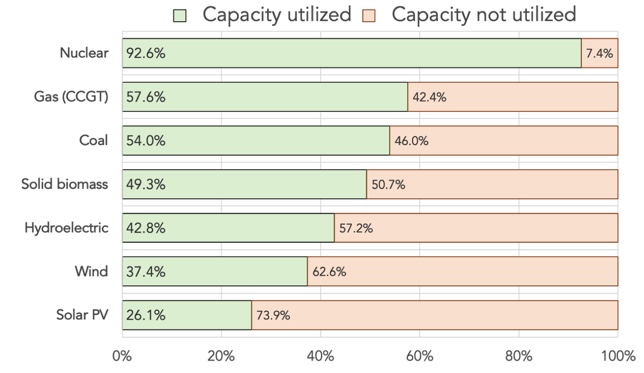
Links We Like
“Policy makers should treat with caution any visions of a rapid, reliable, and low-cost transition to entire energy systems that rely almost exclusively on wind, solar, and hydroelectric power.”
“German emissions increased in 2016 for a second year in a row as a result of the country closing one of its nuclear plants and replacing it with coal and natural gas”
“With the planet warming and carbon dioxide emissions rising faster than ever, we cannot afford to turn away from any technology that has the potential to displace a large fraction of our carbon emissions…The time has come for a fresh approach to nuclear power in the 21st century.”
“Renewable energy is growing around the world, but not fast enough to offset the impacts of rising power demand.”
